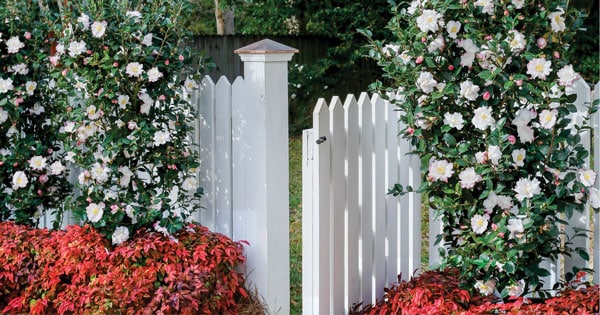Gardeners, that’s who! We spend hours planning, building, and growing just to find our beautiful reward gobbled up by young or starving deer. If a deer is hungry enough, it will eat just about any plant! While hunting is not for everyone, there are ways to protect your landscape investments from these, and other, garden-loving creatures.
Deer resistant and deer tolerant plants

While there are varieties of plants that can be deer resistant or deer tolerant, a deer will eat just about any plant if it’s starving. Nonetheless, incorporate plants that are known for being deer resistant or tolerant in your landscape. Create borders around plants that attract deer to potentially eliminate the need for the deer to dig deeper.
Ew, what is that smell, and taste?

Make them not want to eat it, or even go near it! Deer repellants are effective in keeping the deer away. Some are stronger than others you may not even want to go near that manure smell. However, you can try ingredients from around the house like garlic or rotten eggs that are more tolerable, on hand, and less expensive.
Run, deer, run

Deer are always alert and frighten easily. If you hear one of them, or more, poking around in the yard, scare them away with an abrupt sound or movement. Better yet, let out the dog! Sensor lightening around the house or yard may be a resourceful, fright-inducing alternative.
Fencing things up

Building a barrier around your yard, garden, or specific plants is the best long-term solution. For smaller spaces, such as a garden or island, you can build a barrier or fence that is four feet tall and securely rooted in the ground. Deer jump high, but are less likely to enter a confined space. If needing to protect a large area, the fence will need to be seven feet tall and securely rooted in the ground – if motivated, they will try to go under, through, or over the fence. Installing an electric fence will definitely keep out all unwanted creatures, but they should be used with caution.






